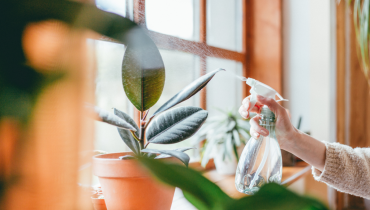Drinking water is a basic necessity, and the quality of your tap water can have a direct impact on your health. Unfortunately, for many people, tap water is not always safe to drink. Contamination from chemicals, metals, and pollutants can be serious, and it’s important to take steps to ensure your tap water is safe for consumption. In this article, we’ll explore how you can best determine the safety of your tap water and how you can make sure it meets standards for drinking. We’ll also look at ways to filter out contaminants that may be present in your source drinking water. Read on to learn more about keeping your water safe!
How to know if your tap water is safe to drink
There are a few things you can do to ensure that your tap water is safe to drink. First, check with your local water authority to see if there have been any recent reports of contamination. Second, look for any signs of contamination in your own home, such as a strange taste or odor coming from the water. Finally, have your water tested by a qualified professional to check for possible contaminants.
What contaminants might be in your water
There are a variety of contaminants that might be present in your water. These include bacteria, viruses, protozoa, and other microorganisms. In addition, your water may also contain inorganic chemicals, such as lead and copper, and organic chemicals, such as pesticides and herbicides. While many of these contaminants are not harmful at low levels, some can pose a serious health risk if they are present in high concentrations. Therefore, it is important to have your water tested regularly to ensure that it is safe to drink.
Different ways to purify water
There are many different ways to purify water, but not all methods are equally effective. Some common methods of water purification include boiling, filtering, and using chemical disinfectants.
Boiling is a reliable way to kill harmful bacteria and viruses in water. However, it does not remove other contaminants such as heavy metals or chemicals. Filtering can remove larger particles from water, but it may not be able to remove smaller contaminants or bacteria. Chemical disinfectants are effective at killing bacteria and viruses, but they can also be toxic if used improperly.
The best way to ensure that your tap water is safe to drink is to use a combination of different purification methods. Boiling and filtering can remove most contaminants, while chemical disinfectants can provide an extra level of protection against harmful microbes.
How to filter your water
There are many ways to filter your water, but not all filters are created equal. To ensure that your tap water is good for drinking, you should choose a filter that is certified by the National Sanitation Foundation (NSF).
The NSF certification ensures that the filter will remove contaminants from your water that could make you sick. Some of the contaminants that NSF-certified filters remove include lead, cysts, asbestos, and certain chemicals.
When choosing a filter, you should also consider how often you need to replace it. Some filters need to be replaced more frequently than others. For example, carbon filters need to be replaced every few months, while reverse osmosis filters can last for years.
You should also consider the cost of replacement filters when choosing a water filter. Some filters are more expensive than others to maintain. However, the cost of filtered water is often lower than the cost of bottled water, so it is still a more economical option overall.







